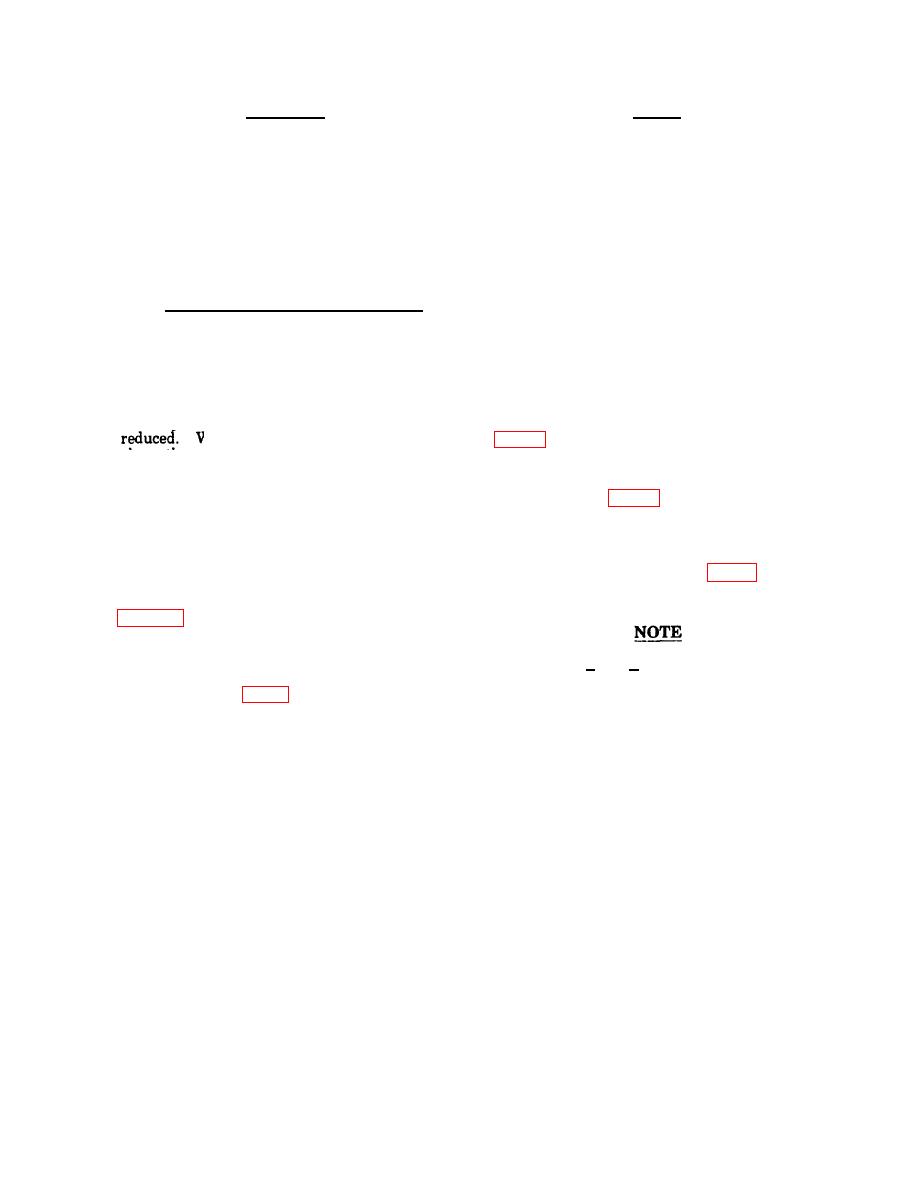 |
|||
|
|
|||
|
|
|||
| ||||||||||
|
|
 TM 9-1375-213-12-3
TO 11A20-15-1
NOTE
CAUTION
FINGER TIGHTEN THE SCREW, DO
The transmitter antenna wire MUST
NOT USE A SCREWDRIVER (OVER-
be set up vertically. Laying it out on
TIGHTENING COULD DAMAGE
the ground(as can be done with the
will drastically
THE ANTENNA).
receiver
reduce the unit's range.
(6) While holding the antenna in posi-
tion, hand turn the captive screw clockwise
(d) If the RF connector is to be
used, use a flat tip screwdriver or screwdriver
until it engages and secures the antenna.
blade of demolition kit knife to loosen captive
b. Improvising a Replacement Antenna. If
screw at base of carrying handle/antenna hous-
ing. Pull out the remains of the original
the transmitter's antenna becomes badly dam-
aged and a replacement is not available, take
antenna. Do not discard the antenna if there is
the following action:
any hope of repairing it.
(e) Connect the antenna wire to
(1) If the damage is above the anten-
the transmitter as follows:
na's coil and there is at least a foot of antenna
left (even if it's bent or crushed), the transmit-
1. By use of the RF connector
ter may still be used but its range will be
Without the full length of antenna
(fig. 3-5 a).
above the coil, the range should still be at least
2. Secure the antenna's clip
half the normally expected range of a complete
or clamp to the remains of the antenna
antenna.
BELOW the coil (fig. 3-5 b.)
(2) If the coil is damaged, loosened, or
removed from the antenna or if there is less
3. Tie the stripped end of the
antenna wire tightly around the remains of the
than a foot of antenna left above the coil, a sub-
antenna BELOW the coil. Tape or tie with a
stitute antenna must be rigged:
string to assure a good contact (fig. 3-5 c.)
(a) Obtain a 10 foot length of insu-
lated wire (similar to the receiver's antenna,
connector (NSN 5935-00-166-6281 or 5935-00-
470-2813) is available, solder the conductor to
Methods 2 and 3 above will reduce the
the center contact of the RF connector.
effective range or the transmitter.
Remove the protective cap from the auxiliary
antenna connector (fig. 1-2).. Secure the RF con-
nector to the auxiliary antenna connector. A
push-twist motion is required to do so.
CHECKOUT PRIOR TO USE
3-9.
Disconnect the RF connector after assuring it
works properly. If this is done, skip step (b)
should
to step (c) If the RF connector is
a. General. Checkout procedures
below and
not available and if possible, obtain an alligator
be undertaken at the following time:
clip or a similar electrical clamp suitable for
grasping the antenna below the coil.
(1) As soon after issue as practicable.
(2) Prior to any mission when the
(b) Strip half an inch of insulation
M122 components have been in storage or other-
from one end of the wire and secure the clip or
wise inactive for more than a few days.
clamp to the wire. If no clip or clamp is avail-
able, strip about four inches of insulation from
one end of the wire.
(3) After dropping or impacting the
units.
(c) At the desired transmitter loca-
tion, secure the wire in a vertical attitude,
(4) After cleaning a battery compart-
ment that has battery leakage or corrosion on
stripped end down. Take or tie the antenna in
position with string or-similar item, not wire.
its battery contacts or when a mercury battery
is being used in the receiver.
Do not tie the antenna wire itself around any-
thing since this will effectively shorten the
antenna and reduce the operational range.
(5) Prior to ALL missions where time
and circumstances permit conducting the test.
This will give added assurance of mission suc-
cess.
3-7
|
|
Privacy Statement - Press Release - Copyright Information. - Contact Us |